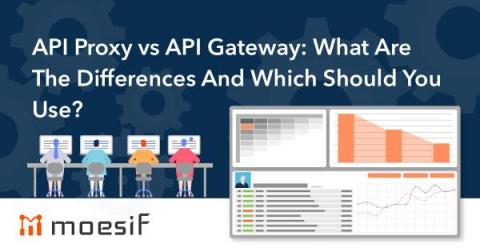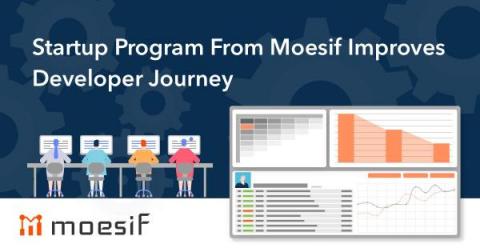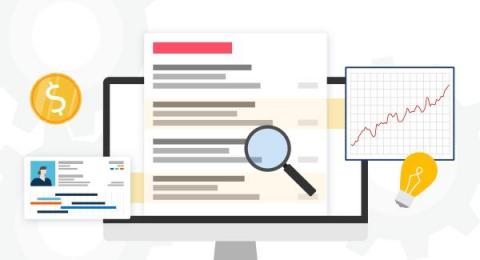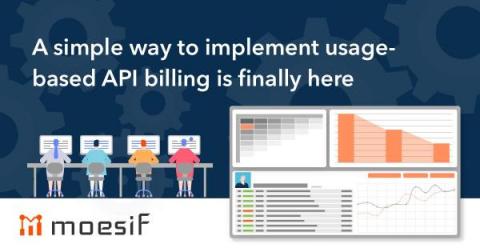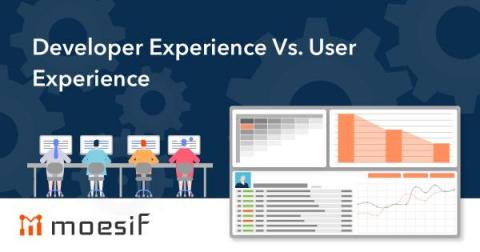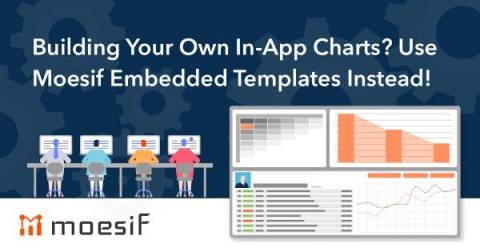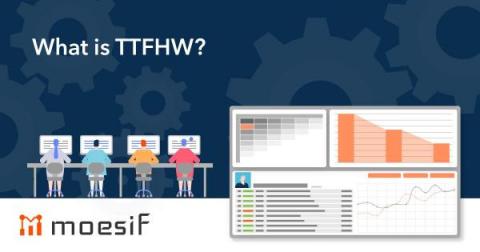Don't Shove Your API Data Into Amplitude
It’s prudent business practice to only focus on your core features when getting to Minimum Viable Product (MVP). Microservices architectures allow you to outsource non-differentiated pieces of your solution to third-party providers; Use someone else for user management, billing and account management. At first blush, it might seem attractive to develop your own API analytics solution, perhaps by building on top of a web analytics tool like Amplitude, MixPanel or Segment.




